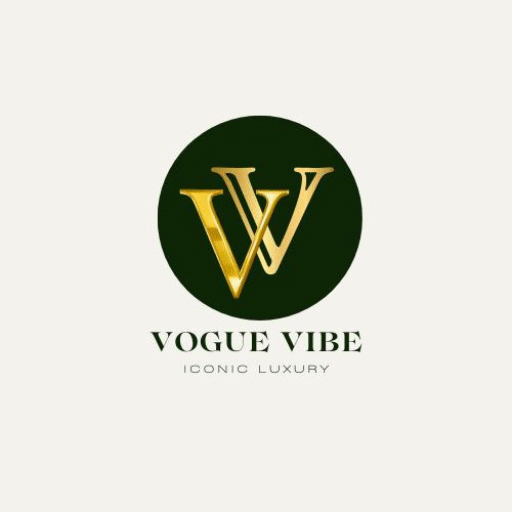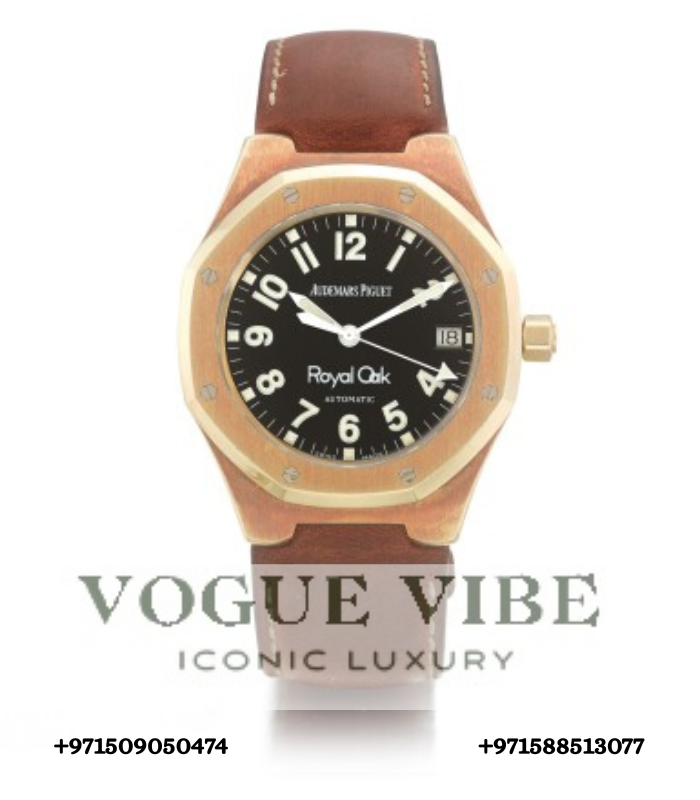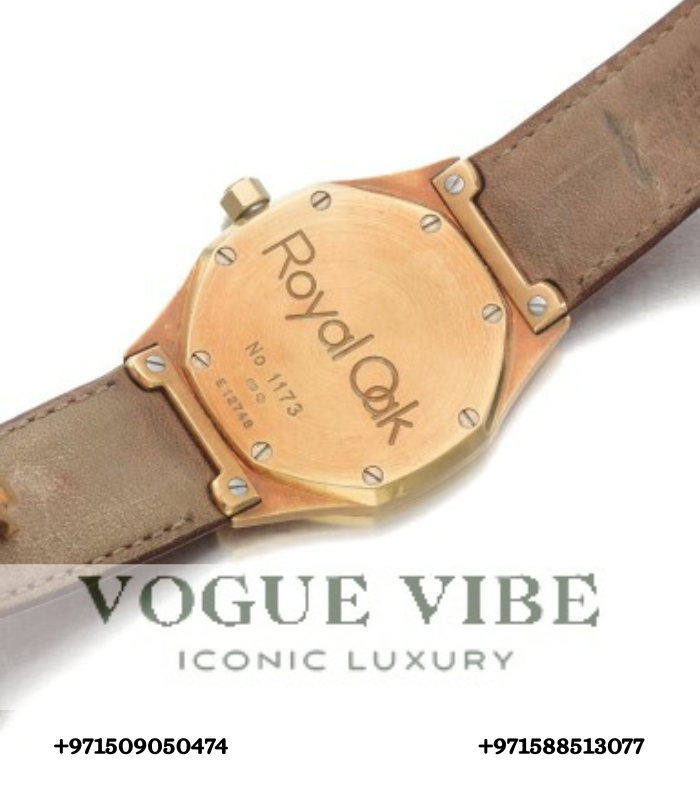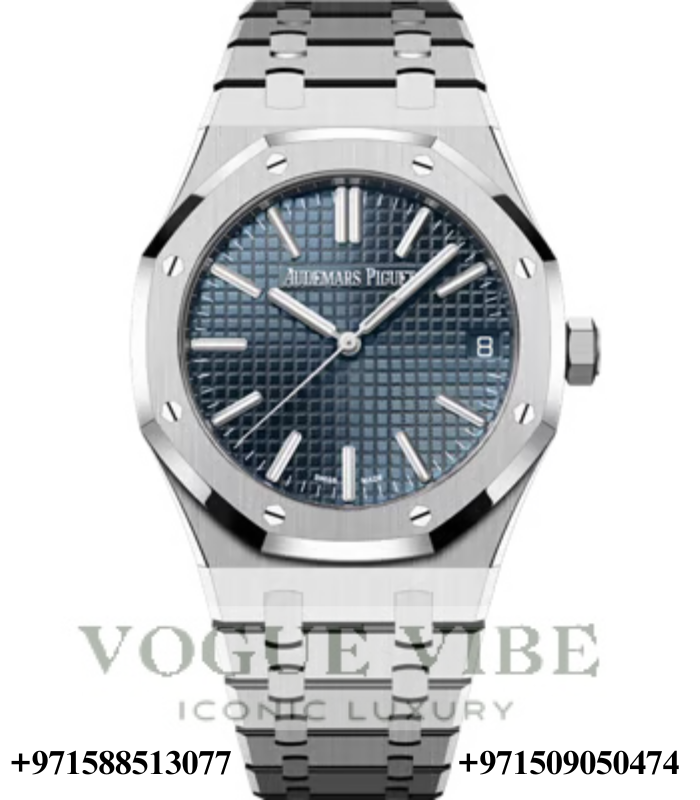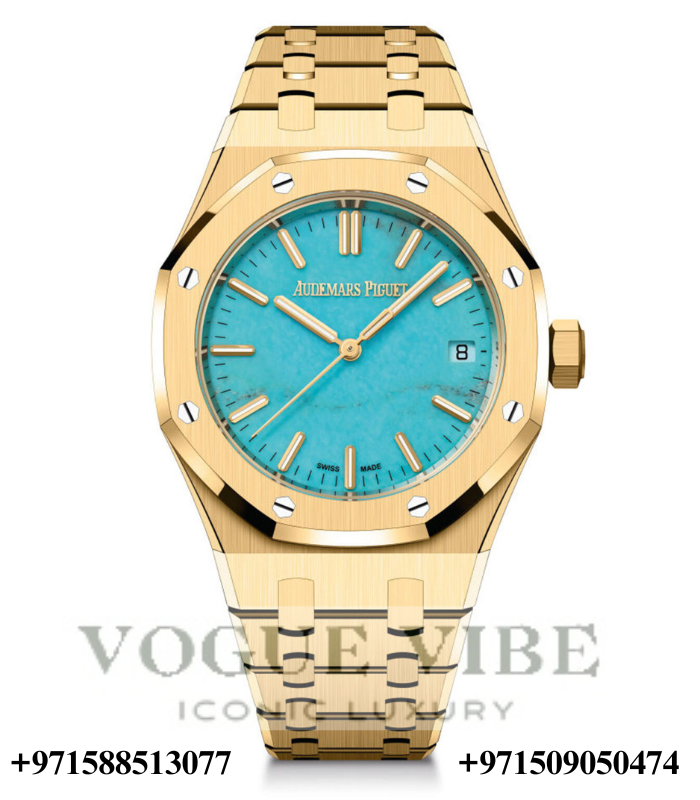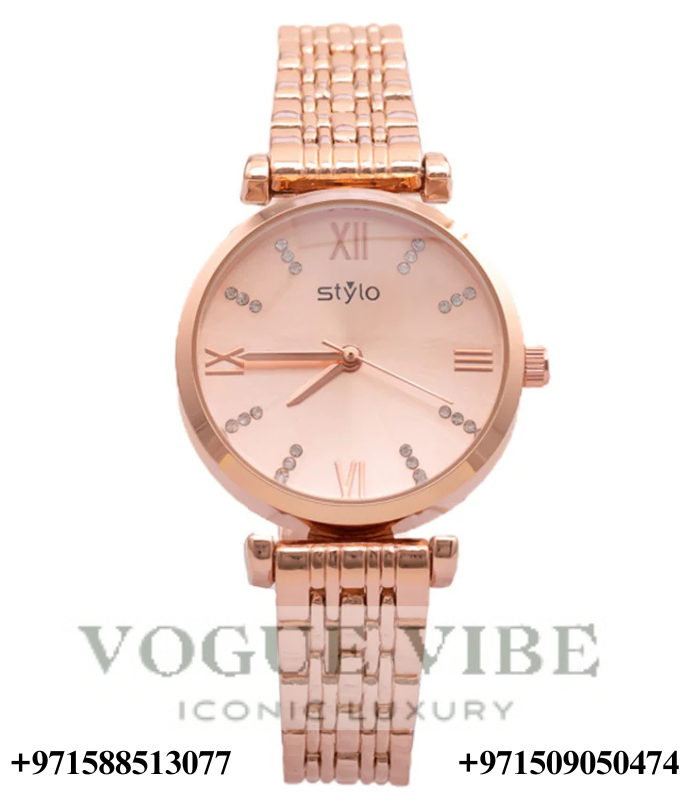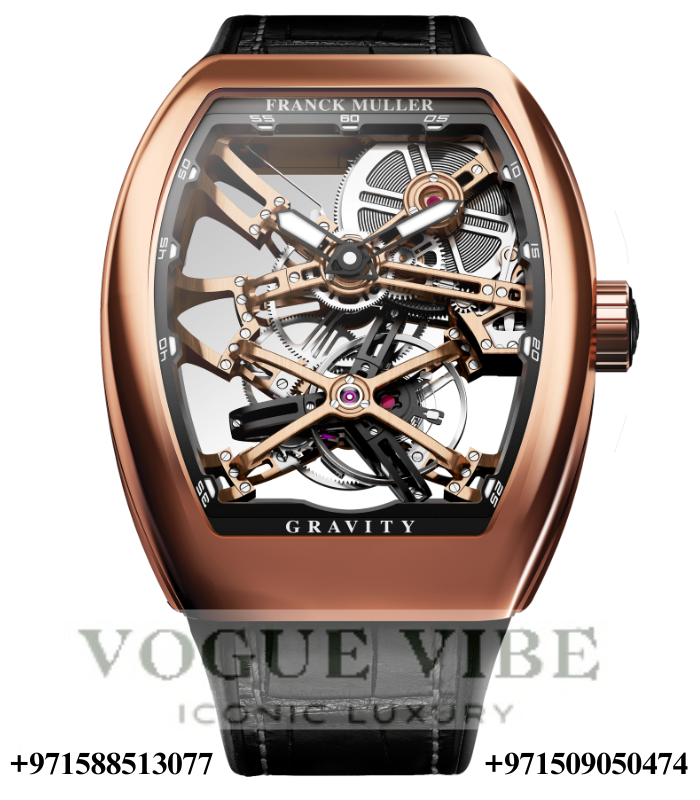Blog
What Sets Hublot Apart from Rolex and Omega?
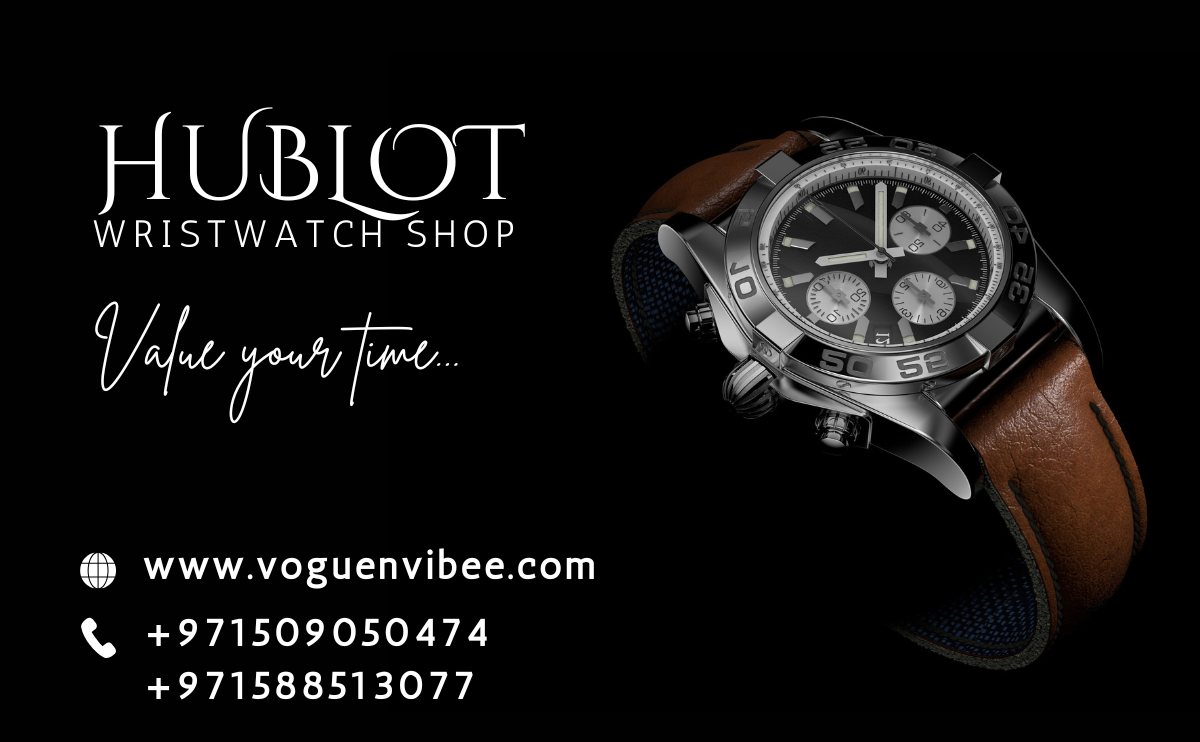
When it comes to luxury timepieces, Rolex and Omega have long held the crown. Their deep-rooted legacies, timeless designs, and precision engineering have made them staples in the world of horology. However, in the last few decades, a bold new contender has entered the scene—Hublot.
Founded in 1980, Hublot is a relatively young player in the luxury watch world, but it has quickly carved out a unique identity. So what exactly sets Hublot apart from Rolex and Omega? Let’s break it down.
1. Design Philosophy: Fusion Over Tradition
While Rolex and Omega are known for their timeless, classic aesthetics, Hublot thrives on boldness and experimentation.
Hublot introduced the concept of the “Art of Fusion,” combining unconventional materials like ceramic, carbon fiber, titanium, gold, and rubber. Their designs are modern, often aggressive, and unapologetically distinctive.
Rolex, by contrast, sticks closely to its heritage. Subtle updates to iconic designs like the Submariner or Datejust are the norm.
Omega blends tradition with innovation, often leaning on its space and Olympic heritage while offering more variety than Rolex.
In short:
If Rolex is the classic suit, and Omega is the stylish blazer, Hublot is the designer leather jacket—bold, unconventional, and fashion-forward.
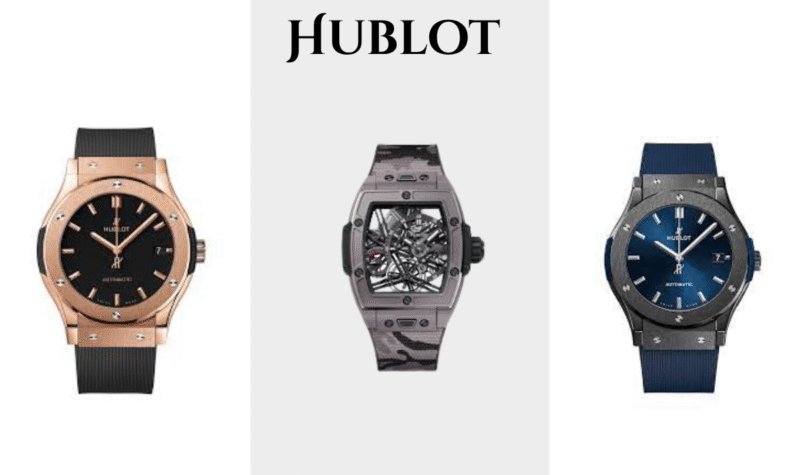
Innovation in Materials
No other brand has pushed the envelope with materials like Hublot.
Hublot was the first luxury brand to combine rubber with gold in a high-end watch.
The company has developed proprietary materials like Magic Gold (a scratch-resistant gold alloy) and Sapphire cases in vibrant colors.
Rolex focuses more on internal innovation, such as its in-house alloys like Oystersteel and Rolesor.
Omega, similarly, has made strides with Ceragold and Liquidmetal, particularly in its dive watches.
Verdict: Hublot clearly leads in material innovation, appealing to collectors who want something different.
Brand Image and Target Audience
Rolex is a symbol of success, timelessness, and prestige. It’s the go-to watch for CEOs, politicians, and people who want to display enduring luxury.
Omega is more accessible than Rolex and has mass appeal, thanks in part to its connection to James Bond and NASA.
Hublot, on the other hand, speaks to a younger, fashion-conscious audience. It’s heavily marketed through partnerships with:
Sports (FIFA World Cup, UEFA Champions League)
Fashion
Art and music (collaborations with artists like Takashi Murakami and DJ Snake)
In essence:
Hublot isn’t trying to be Rolex or Omega. It's positioning itself as a modern, luxurious lifestyle brand.
Hublot is known for launching a large number of limited edition models each year—often in collaboration with celebrities, artists, or sports events.
These pieces are often bold in design, produced in small quantities, and targeted at collectors.
Rolex rarely offers limited editions, instead relying on scarcity and demand for their core models.
Omega does offer limited editions (especially with the Speedmaster), but not to the extent Hublot does.
Hublot appeals to watch enthusiasts who want something truly unique or who collect watches as a form of wearable art.
Movement and Technical Achievement
When it comes to in-house movements and horological credibility, Rolex and Omega have the edge—but Hublot is catching up.
Rolex movements are legendary for their reliability and accuracy. Almost all modern Rolexes feature in-house movements.
Omega has invested heavily in METAS-certified Master Chronometers, offering anti-magnetic and highly precise calibers.
Hublot initially used third-party movements but has since developed the Unico movement—a robust, in-house chronograph caliber. The MP collection also showcases serious horological innovation, such as the MP-05 with a 50-day power reserve.
Bottom line:
While Rolex and Omega may lead in mechanical pedigree, Hublot offers enough innovation to satisfy the modern collector—especially those more interested in design and uniqueness.
Resale Value and Collectibility
Rolex is unrivaled in resale value. Certain models like the Daytona, Submariner, or GMT-Master II can even appreciate over time.
Omega holds value well, especially Speedmasters and Seamasters, but not to the level of Rolex.
Hublot generally has lower resale value, especially for mass-produced models. However, rare or artist-collaboration editions can become collector’s items over time.
For buyers considering long-term value, Rolex remains king—but Hublot is more about personal expression than investment.
Conclusion: Who Is Hublot Really For?
If you’re someone who values:
Bold, fashion-forward design
Cutting-edge materials
Limited editions and exclusivity
Strong ties to sports and art culture
…then Hublot offers something Rolex and Omega simply don’t. It’s less about quiet heritage and more about making a statement.
On the other hand, if you’re looking for:
Timeless elegance
Superior mechanical reliability
Long-term resale value
…then Rolex or Omega may be the better fit.
Ultimately, Hublot isn’t trying to compete directly with Rolex or Omega—it’s carving out a category of its own. And for many modern watch lovers, that’s exactly what makes it special.
